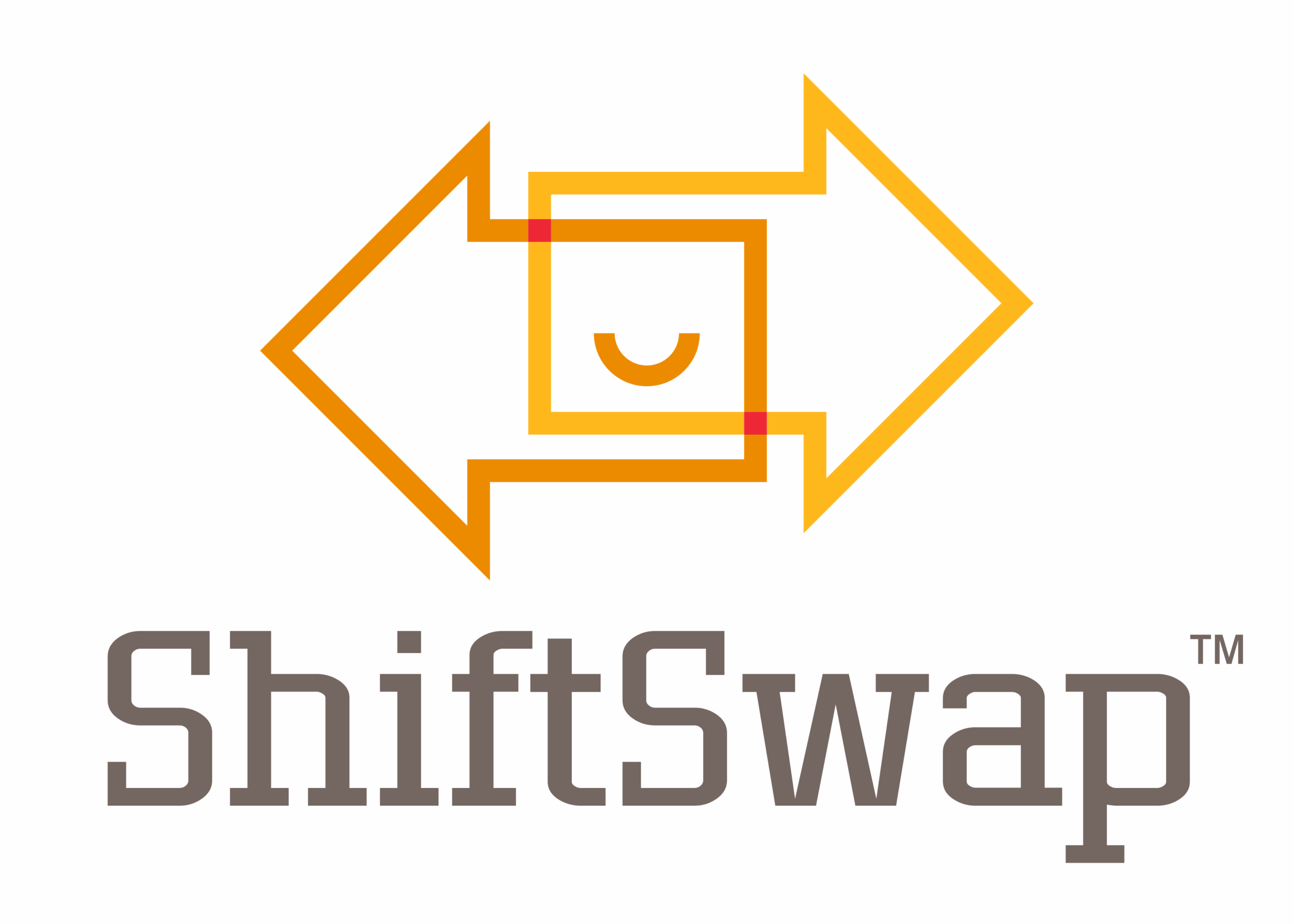Embracing the Cooling Labor Market
Even though the labor market is showing signs of a broader slowdown, it still manages to hold its ground. The Bureau of Labor Statistics (BLS) reported that employers added 139,000 jobs in May 2025, surpassing economists’ predictions of 120,000. This data, along with insights from a recent HR Brew article by Paige McGlauflin, points to a valuable chance for HR leaders to rethink their workforce strategies in this cooling labor market.
While job growth is still on the positive side, the pace has slowed down compared to previous years. For HR professionals, this change opens the door to focus on strategic initiatives, such as upskilling employees, improving employee retention, and leveraging technology to boost operational efficiency. In this article, we’ll take a closer look at the latest data, examine key trends, and offer methods for effectively navigating the cooling labor market.
Key Labor Market Trends
The latest BLS data provides a clear picture of the labor market:
- Employers added 139,000 jobs in May, a decrease from 147,000 in April.
- The unemployment rate remained steady at 4.2%, consistent since May 2024.
- Average hourly earnings rose by 0.4% to $36.24, indicating ongoing wage growth.
- Temporary staffing has dropped to its lowest levels since 2020.
Sector-specific data highlights areas of both growth and decline:
- Healthcare led job growth, adding 62,000 positions in May, well above its 12-month average of 44,000. Growth in hospitals (+30,000) and ambulatory healthcare services (+29,000) fueled this expansion.
- Leisure and hospitality saw an increase of 48,000 jobs, mainly in food services and drinking establishments, as summer hiring picked up.
- Federal employment continued its decline, shedding 22,000 jobs in May.
- Durable goods manufacturing experienced a loss of 7,000 jobs, reflecting a drop in demand.
These numbers illustrate the mixed nature of the labor market. While some sectors are thriving, others are facing challenges, presenting both hurdles and opportunities for HR leaders to navigate.
Logistics and Warehousing: Navigating Declines
The logistics and warehousing sectors are currently feeling the pinch from a cooling labor market. Temporary staffing, which is vital for many industries, has taken a noticeable hit. As companies strive to stabilize their operations, the focus is shifting towards:
Reducing Turnover: Keeping experienced workers on board not only cuts down on hiring expenses but also enhances overall efficiency.
Optimizing Labor Costs: With wages on the rise, it’s crucial to plan strategically to maintain profitability without overwhelming employees.
Investing in workforce training and leveraging technology to improve workforce management are important methods for mitigating these challenges.
Seizing the Moment for Strategic Workforce Investments
The slowdown in the labor market presents HR leaders with a unique opportunity to concentrate on long-term initiatives that often get sidelined by immediate hiring demands. One such opportunity is investing in upskilling and reskilling employees. By providing training for new skills, companies can not only boost workforce adaptability but also improve employee satisfaction and retention.
Moreover, the changing hiring landscape underscores the need to prioritize employee flexibility. Workers from all generations are increasingly looking for balanced work-life arrangements and alternative scheduling options. Meeting this demand can help build loyalty and enhance productivity.
Retention becomes even more critical in a sluggish labor market. With employees more inclined to stick with their current jobs during uncertain economic times, HR leaders can leverage this stability to strengthen engagement and career development. Acknowledging contributions, offering clear growth paths, and fostering an inclusive workplace culture are necessary for cultivating a dedicated and productive team.
Technology in Workforce Optimization
In today’s unpredictable economy, technology emerges as a vital ally in improving workforce efficiency. Take ShiftSwap™, for instance; it provides flexible scheduling solutions that can quickly adapt to the ever-changing needs of operations. By analyzing historical data, businesses can forecast peak demand times and adjust their staffing levels accordingly, which helps minimize both overstaffing and expensive overtime.
On top of that, weaving automation into labor strategies can really ramp up productivity. While automation takes care of the repetitive tasks, having skilled employees on hand is still crucial for oversight and troubleshooting. ShiftSwap™ effectively connects the dots, ensuring that human talent and technology collaborate smoothly, allowing businesses to uphold their operational excellence.
Utilizing the Cooling Period Wisely
The cooling labor market is not a cause for alarm but a chance for reinvention. It’s a perfect time for HR leaders to take a step back, reassess, and fortify their talent strategies. By prioritizing upskilling, flexibility, and employee engagement, organizations can not only tackle current hurdles but also set themselves up for future success.
By embracing these trends and investing in strategic initiatives, businesses can come out stronger and more resilient, even amid economic uncertainties. Check out ShiftSwap™ to discover how our platform can guide you through the shifting labor landscape and help create a better workplace for your team.
Start Planning for Success
Schedule a demo with ShiftSwap™ today and learn how to streamline your workforce management.

